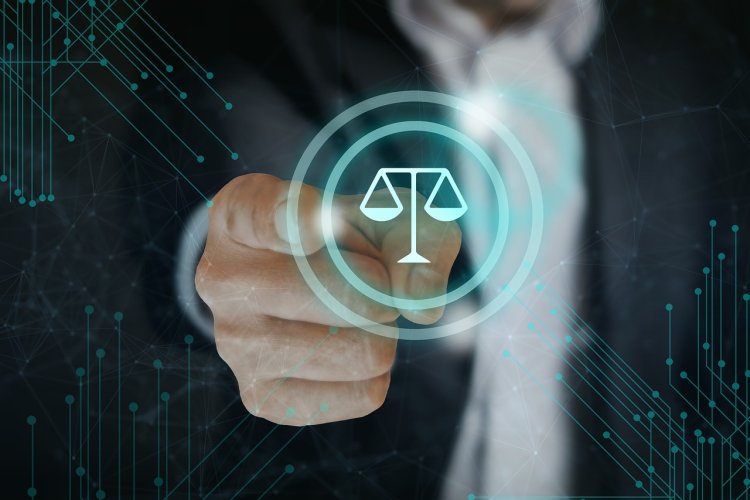Enhancing Speech Intelligibility: Techniques and Technologies
Share this Post to earn Money ( Upto ₹100 per 1000 Views )

Speech intelligibility, the clarity with which speech can be understood, is a critical aspect of effective communication. It is essential in various contexts, including education, public speaking, assistive technology, and communication systems. Several factors can impact speech intelligibility, including environmental noise, speaker clarity, and listener's hearing abilities. This article explores techniques and technologies for enhancing speech intelligibility, aiming to improve communication in different settings.
Factors Affecting Speech Intelligibility
-
Environmental Noise: Background noise can significantly reduce the clarity of speech. This is a common issue in noisy environments such as busy streets, industrial settings, and crowded public spaces.
-
Speaker Clarity: The articulation and pronunciation of the speaker play a vital role in how well speech is understood. Accents, speech disorders, and rapid speech can all contribute to reduced intelligibility.
-
Listener's Hearing Abilities: Individuals with hearing impairments or age-related hearing loss often struggle with speech intelligibility.
-
Acoustic Properties of the Environment: Reverberation, echo, and poor acoustics can distort speech sounds, making it harder for listeners to understand.
Techniques for Enhancing Speech Intelligibility
-
Clear Speech Techniques: Training speakers to use clear speech techniques can greatly enhance intelligibility. This involves speaking slowly, enunciating words clearly, and pausing appropriately.
-
Acoustic Treatments: Improving the acoustic properties of an environment can reduce echo and reverberation. This can be achieved through the use of sound-absorbing materials such as carpets, curtains, and acoustic panels.
-
Hearing Aids and Assistive Listening Devices: For individuals with hearing impairments, hearing aids and other assistive listening devices can amplify sounds and enhance speech clarity.
-
Noise Reduction Strategies: Implementing noise reduction strategies, such as using directional microphones, noise-canceling headphones, and sound barriers, can help reduce background noise.
-
Speech Therapy: For individuals with speech disorders, speech therapy can improve articulation and pronunciation, leading to better speech intelligibility.
Technologies for Enhancing Speech Intelligibility
-
Digital Signal Processing (DSP): DSP technology is widely used in hearing aids, telecommunication systems, and public address systems. It involves the manipulation of audio signals to reduce noise, enhance speech, and improve overall clarity.
-
Automatic Speech Recognition (ASR): ASR technology, used in voice-activated assistants and transcription services, can improve speech intelligibility by converting spoken language into text. This is especially helpful for individuals with hearing impairments.
-
Artificial Intelligence (AI) and Machine Learning: AI and machine learning algorithms can analyze and process speech signals to enhance clarity. These technologies are used in various applications, including real-time speech translation and enhancement systems.
-
Echo and Noise Cancellation: Modern communication devices often incorporate echo and noise cancellation technologies to improve speech clarity. These systems work by detecting and suppressing unwanted sounds while preserving the speech signal.
-
Augmented Reality (AR) and Virtual Reality (VR): AR and VR technologies can provide immersive experiences where speech intelligibility is critical. These technologies can simulate different acoustic environments and train individuals to improve their speech clarity.
Case Study: Enhancing Speech Intelligibility in Public Address Systems
Public address (PA) systems are used in various settings, such as airports, train stations, and sports arenas. Ensuring that announcements are clear and understandable is crucial in these environments.
Problem: A major international airport faced issues with the intelligibility of its PA system. Announcements were often drowned out by background noise, and the acoustics of the terminal further compounded the problem.
Solution: The airport implemented several measures to enhance speech intelligibility:
-
Acoustic Treatment: The terminal was retrofitted with sound-absorbing materials to reduce reverberation and echo. Acoustic panels were strategically placed to optimize sound distribution.
-
Advanced PA System: The existing PA system was upgraded to include DSP technology, which provided noise reduction and speech enhancement capabilities. Directional speakers were installed to target specific areas, ensuring that announcements were heard clearly throughout the terminal.
-
Training for Announcers: Announcers were trained in clear speech techniques, including proper enunciation, appropriate pacing, and the use of pauses to enhance clarity.
-
Real-Time Monitoring: A real-time monitoring system was implemented to assess the clarity of announcements and make adjustments as needed. This system used AI algorithms to analyze the speech signal and optimize settings for different environmental conditions.
Outcome: The enhancements resulted in significant speech intelligibility enhancement. Passengers reported that announcements were clearer and easier to understand, leading to a better overall experience at the airport.
Conclusion
Enhancing speech intelligibility is essential for effective communication in various settings. By understanding the factors that affect speech clarity and implementing appropriate techniques and technologies, it is possible to significantly improve intelligibility. From acoustic treatments and clear speech techniques to advanced technologies like DSP and AI, there are numerous ways to enhance speech clarity. As these technologies continue to evolve, we can expect even greater improvements in speech intelligibility, making communication more accessible and effective for everyone.
The advancements in speech intelligibility technologies hold promise for numerous applications, including education, healthcare, public safety, and everyday communication. By continuing to innovate and apply these technologies, we can bridge communication gaps and foster a more inclusive society where everyone can communicate clearly and effectively.
















